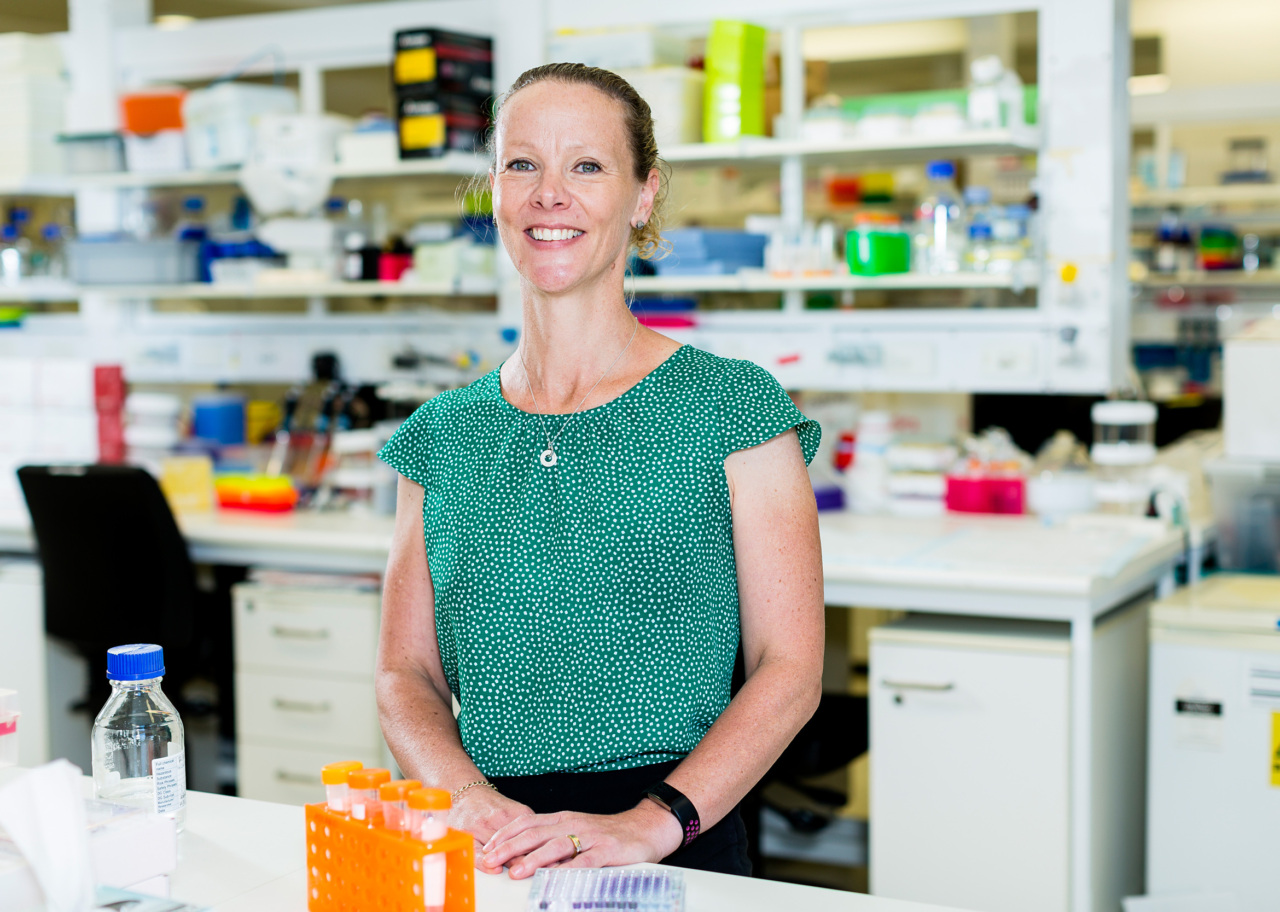
Professor Clare Parish
As reported by The Herald Sun, researchers have cured movement problems caused by Parkinson’s disease in animals by transplanting stem cells directly into their brains.
The latest breakthrough has been enhanced after The Florey overcame two major hurdles in the way of progressing stem cell therapies.
They have boosted the quality and safety of stem cells being delivered, and worked out a way to stop transplanted cells developing into tumours.
The movement problems of Parkinson’s disease are treated with tablets that replace dopamine lost when nerve cells in the brain die.
But given these drugs travel around the body and can cause major side effects, a targeted delivery of dopamine directly into the brain is the holy grail.
A team led by Clare Parish has turned stem cells into dopamine cells, and injected them into the brains of animals to recreate the missing section of brain circuitry.
But one of the main strengths of these stem cells their ability to divide and continue growing rapidly is also their biggest weakness.
Clinical trials in the 1990s used varied qualities of stem cells, leading to serious side effects and even tumours in some patients.
“These cells divide and divide and divide, so we need a safety mechanism in place if something goes wrong,” Professor Parish said.
To do this, the team installed a “kill switch” into the dopamine cell graft to kill off rapidly dividing cells on command.
In their latest study, researchers injected dopamine stem cells into the brains of rats and flicked the kill switch at six weeks, after transplanted cells were established but before rogue cells appeared.
“It’s like having a remote control switch,” Professor Parish said.
“We take away those risky cells that have the offchance of forming a tumour.”
The transplant fully reversed the movement problems in the mice and increased by four-fold the amount of dopamine cells in the transplant. The team aims to test grafts in patients within five years.
There are clinical trials running at the moment and in most transplants about 5 per cent are dopamine cells.
Around 95 per cent are cells we don’t know want they are, or what impact they will have on patients,” Professor Parish said.
“Our finding gives us the safety that doesn’t exist in the field at the moment.” The findings are published in Nature Communications.
This research follows earlier investigations published by the team in the journal Cell Stem Cell.
Story reported by Brigid O’Connell, The Herald Sun.
